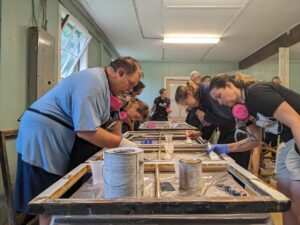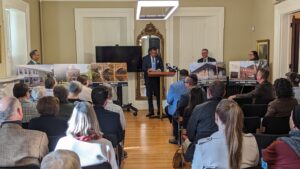
Session Spotlight: 2023 NY Statewide Preservation Conference
- March 27, 2023
- 5:00 pm
- March 27, 2023
- 5:00 pm
SESSION #4 SPOTLIGHT
In the lead-up to the 2023 NY Statewide Preservation Conference, we’re spotlighting this year’s sessions and keynote, and providing resources to learn more ahead of (or after!) the Conference. One session that we’re excited about is Bad Preservation: When Good Intentions Become NIMBY Nonsense, which will consist of a presentation of common misconceptions and misuses of preservation, followed by a working group discussion to brainstorm actionable ideas to change the perception of historic preservation to create a more just world.
Anna Marcum | Independent Architectural Historian and Preservationist
Chuck Snyder | Assistant Vice President of Real Estate and Construction, RUPCO
Christopher Trevisani | Vice President, Business Development, Housing Visions
From panelist Anna Marcum:
One of the first things EVERY historic preservation student learns upon entering the field is that the public perception of historic preservation is rife with misconceptions. Frustratingly, it seems as though no one in the field of historic preservation is actively working to correct these misconceptions, acknowledge the past (and frankly current) wrongs and misuses of historic preservation regulation, and change accepted practices in the field that inadvertently lend themselves deepening inequality and positive public development.
This session asks practitioners of historic preservation to consider the broader impact of reporting a minor infraction of the historic district rules to their local landmarks agency and to more deeply consider the underlying reasons why community members might deeply oppose the construction of an affordable multi-family mixed-use housing complex in a predominantly single-family housing area. Are these the battles we want to expend our energy on as preservationists? Do we want fighting the wrong signage or opposing a new housing development to be our Lower Manhattan Expressway or Grand Central? Even if they are the most ideal projects, I think not. How can we make historic preservation more amenable to solving problems in our communities as opposed to just unnecessary red-tape?
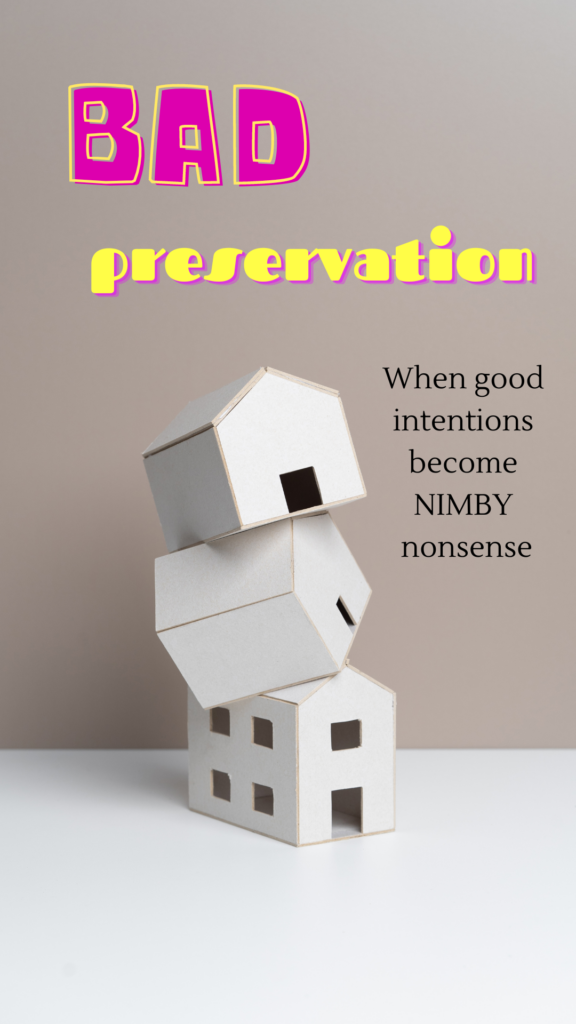
Session Prep Reading List
Historic Designation Without Representation, created by Eckington, Washington DC Resident Michael Mann
Resources to understand parts of the valid argument against historic districts. Both named contributors, Michael Mann and Adam Beebe, are not affiliated with the real estate industry or development. Their sources are from established law journals and other publications.
What Historic Preservation is Doing to American Cities – The Atlantic
Uprooted: The Displacement of Georgetown’s Black Community
Fascinating/troubling history of how Georgetown was once a thriving black community and “concern” about the “decaying” historic architecture of Georgetown was used from the 1930s to the 1950s to systematically displace black residents.
The struggle to build a home for people without homes – Michael Solow for Times Union
The story of Landmark Place, previously the Kingston Alms House, which opened in 1874 in Kingston, NY. RUPCO rehabilitated the historic building and constructed a new building on the site to provide supportive housing and medical care for seniors and formerly homeless people.
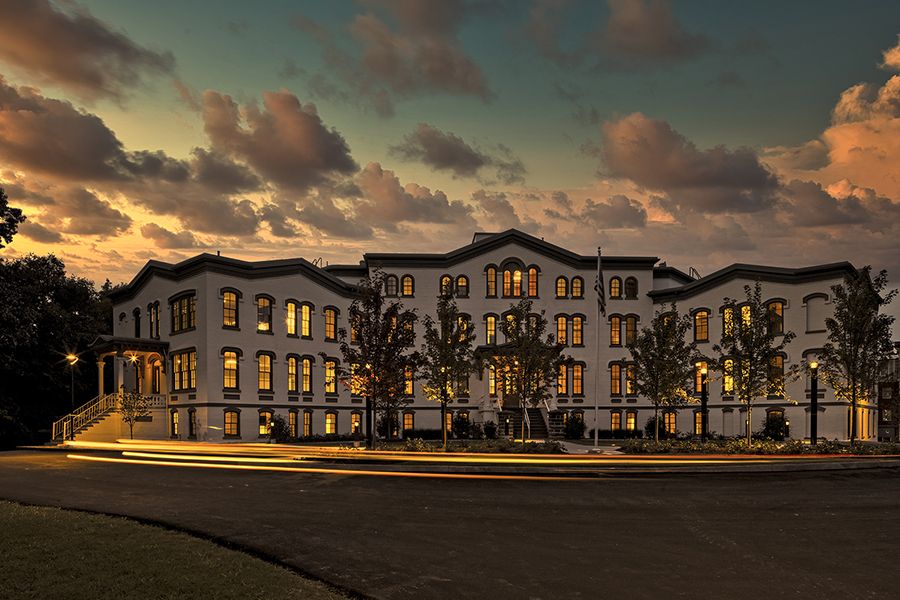
Below are links to several articles about an attempt by a neighborhood group that sued UC Berkeley under CEQA, California’s Environmental Quality Act that also protects historic architecture, to stop the construction of student housing and use a court order to cap enrollment of admitted students at one of the country’s top tier public universities.
New York Times Article 1 and New York Times Article 2
PANELIST BIOS
Anna Marcum is an independent architectural historian and preservationist based in Brooklyn, New York. Anna earned a Master of Preservation Studies in 2018 from the Tulane School of Architecture in New Orleans, Louisiana where she was the recipient of the inaugural Ann and Frank Masson Graduate Research Fellowship. In 2013, she received her Bachelor of Arts in Art History from Barnard College of Columbia University. Anna Marcum meets the Secretary of the Interior’s Professional Qualification Standards for Architectural Historians. She has listed properties on the National Register of Historic Places and the New Orleans’ Nine Most Endangered Sites. She has worked with the Vieux Carré Commission of New Orleans and Historic New England. Marcum has also worked on historic preservation projects in Los Angeles, California, the Texas Gulf Coast, Hammond, Louisiana, and Foley, Alabama. Anna presented her research about innovative site interpretation methods for New Orleans’ Canal Street in the “Projects in Progress” poster session at the Society of Architectural Historians 72nd Annual International Conference in Providence, Rhode Island. She is a regular contributor to Atomic Ranch and The Architect’s Newspaper and has appeared on the Preservation Destination Podcast. Anna is currently the Director of Research and Preservation at Village Preservation.
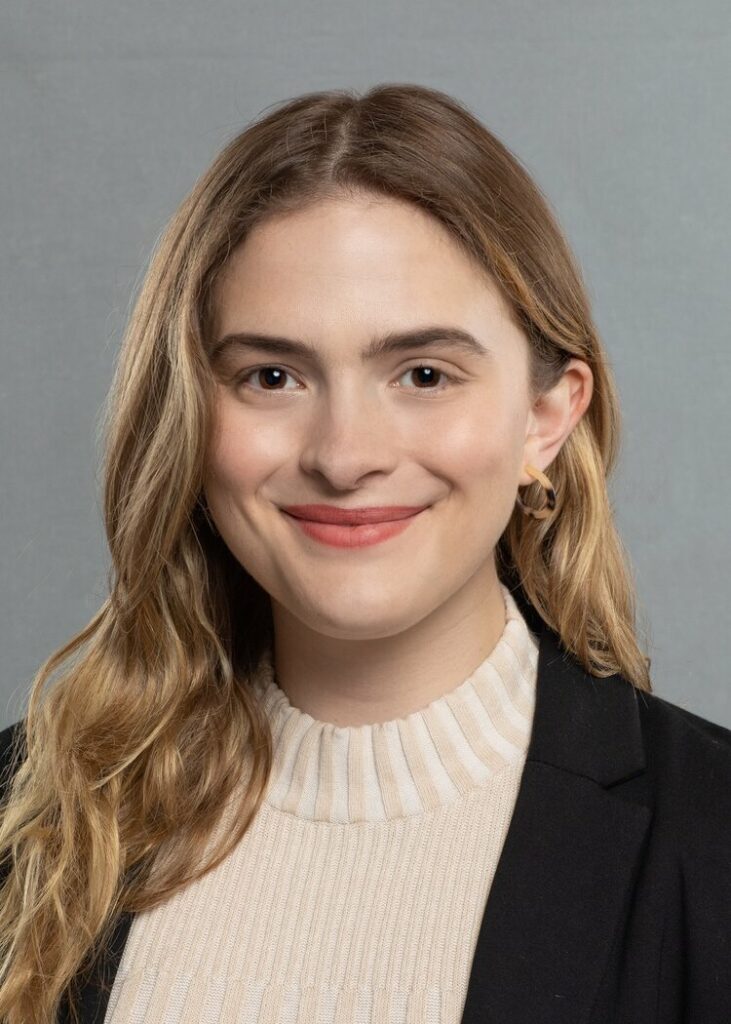
Chuck Snyder joined RUPCO in 2006. Mr. Snyder has an extensive commercial construction background with over twenty years of design/build-construction management experience in the Hudson Valley, working in various private-sector positions with both construction management and development firms. Mr. Snyder has been involved with the production of over 400 units of private and DHCR, tax credit funded housing. Mr. Snyder holds a B.A. from Temple University and brings site planning and architectural skills to the team.

Christopher Trevisani is Vice President of Business Development for Housing Visions Unlimited, Inc., a not-for-profit housing development company in Syracuse, New York. His work at Housing Visions has helped revitalize numerous neighborhood communities throughout New York State utilizing a multitude of financing vehicles such as Low-Income Housing Tax Credits, Historic Tax Credits, Brownfield Tax Credits, and numerous federal and state resources to promote the creation and preservation of affordable and supportive housing. He has been involved in various sectors of real estate development and historic preservation projects across the county for over 25 years. Recent preservation projects include portions of the Phoenix Block in downtown Syracuse and the former Crescent Corset factory in Cortland, which received the 2018 PACNY Pat Earle Award. He holds a BS in Civil Engineering from Union College and a MS in Real Estate Development from the Massachusetts Institute of Technology.
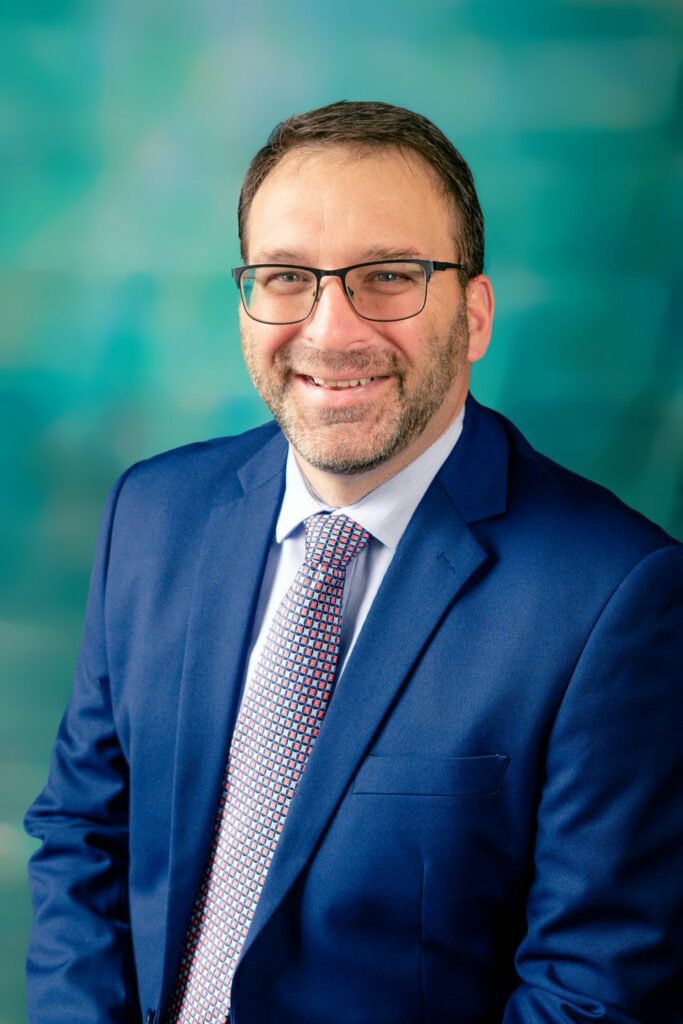
SHARE


